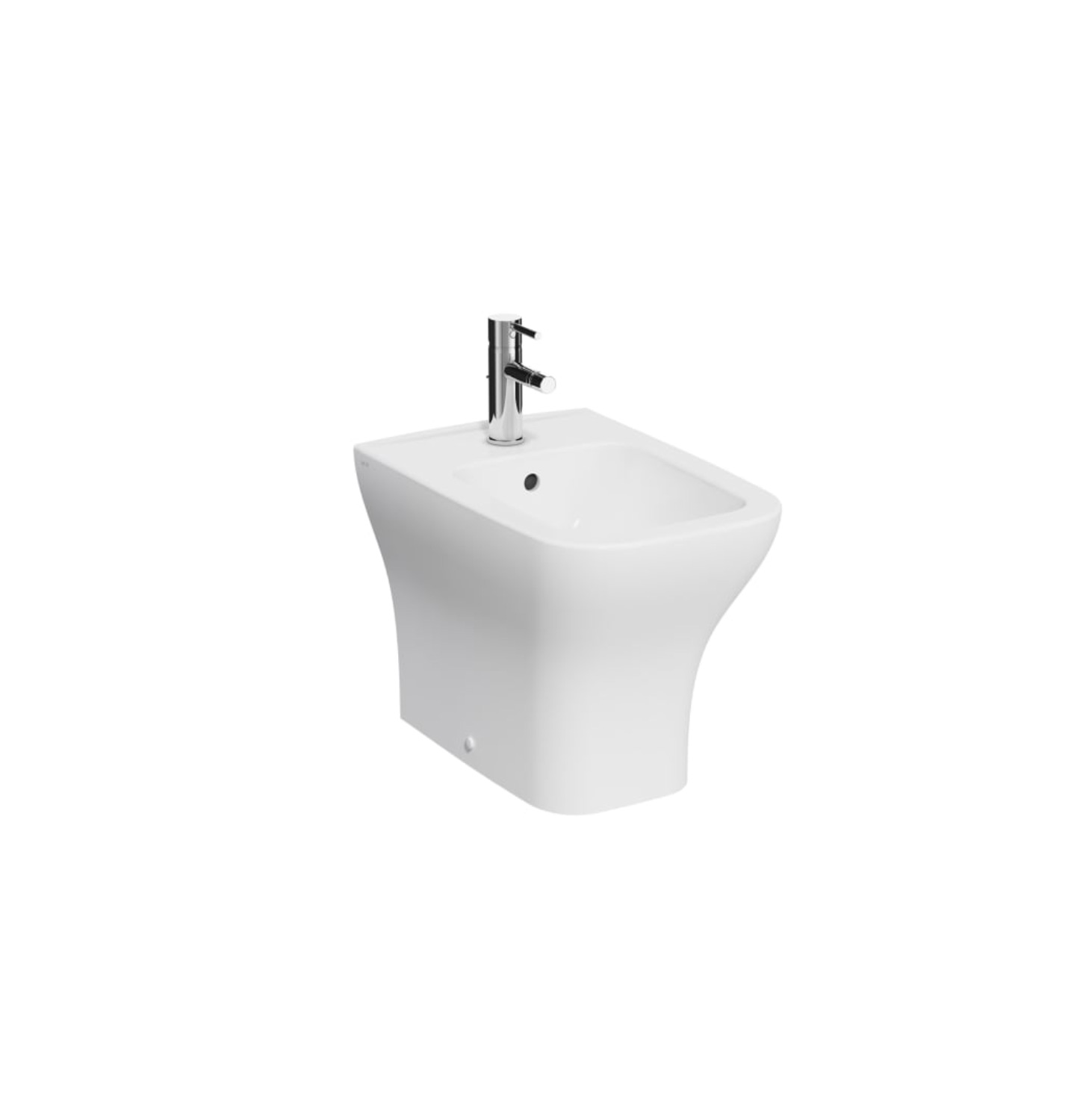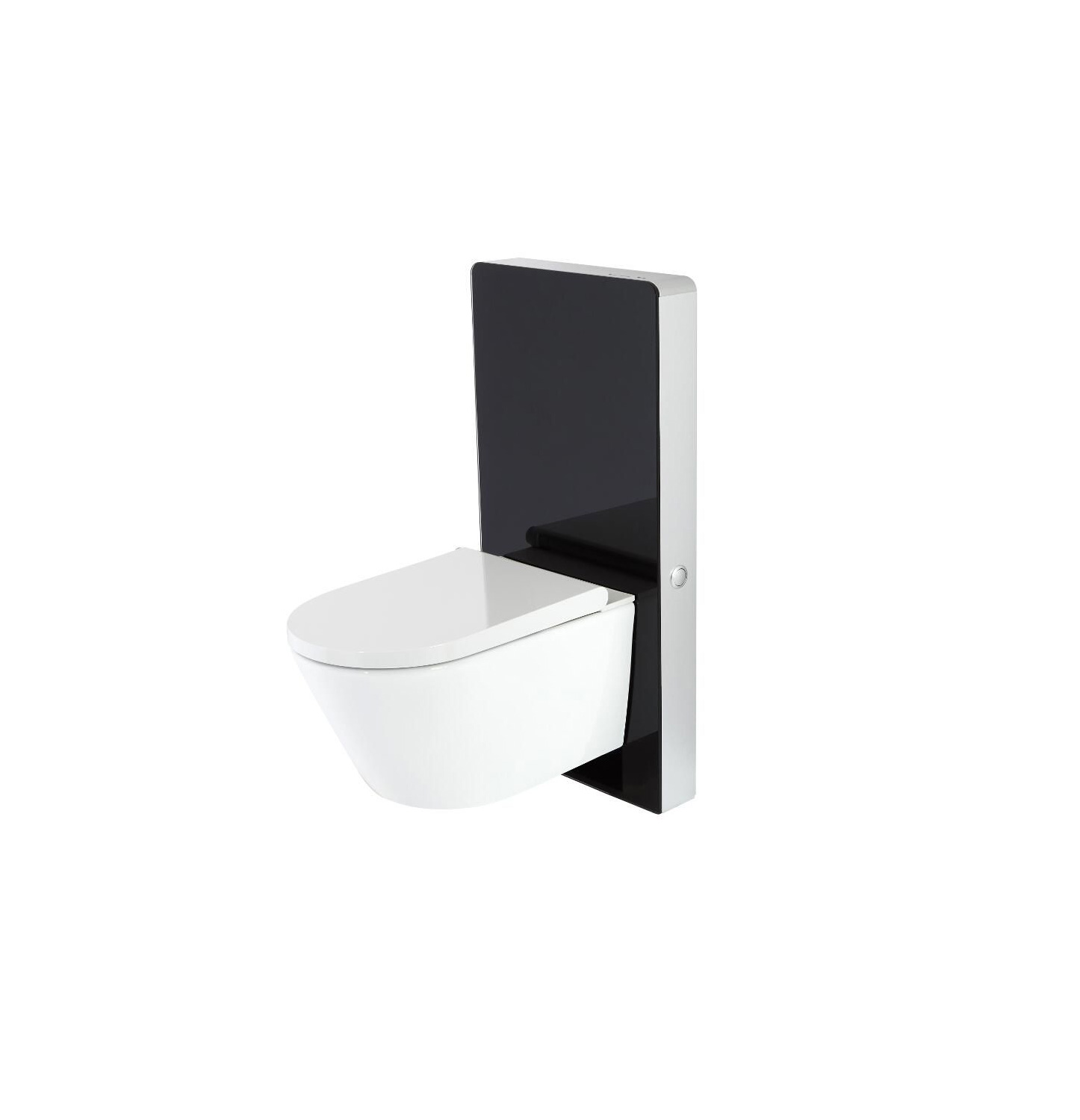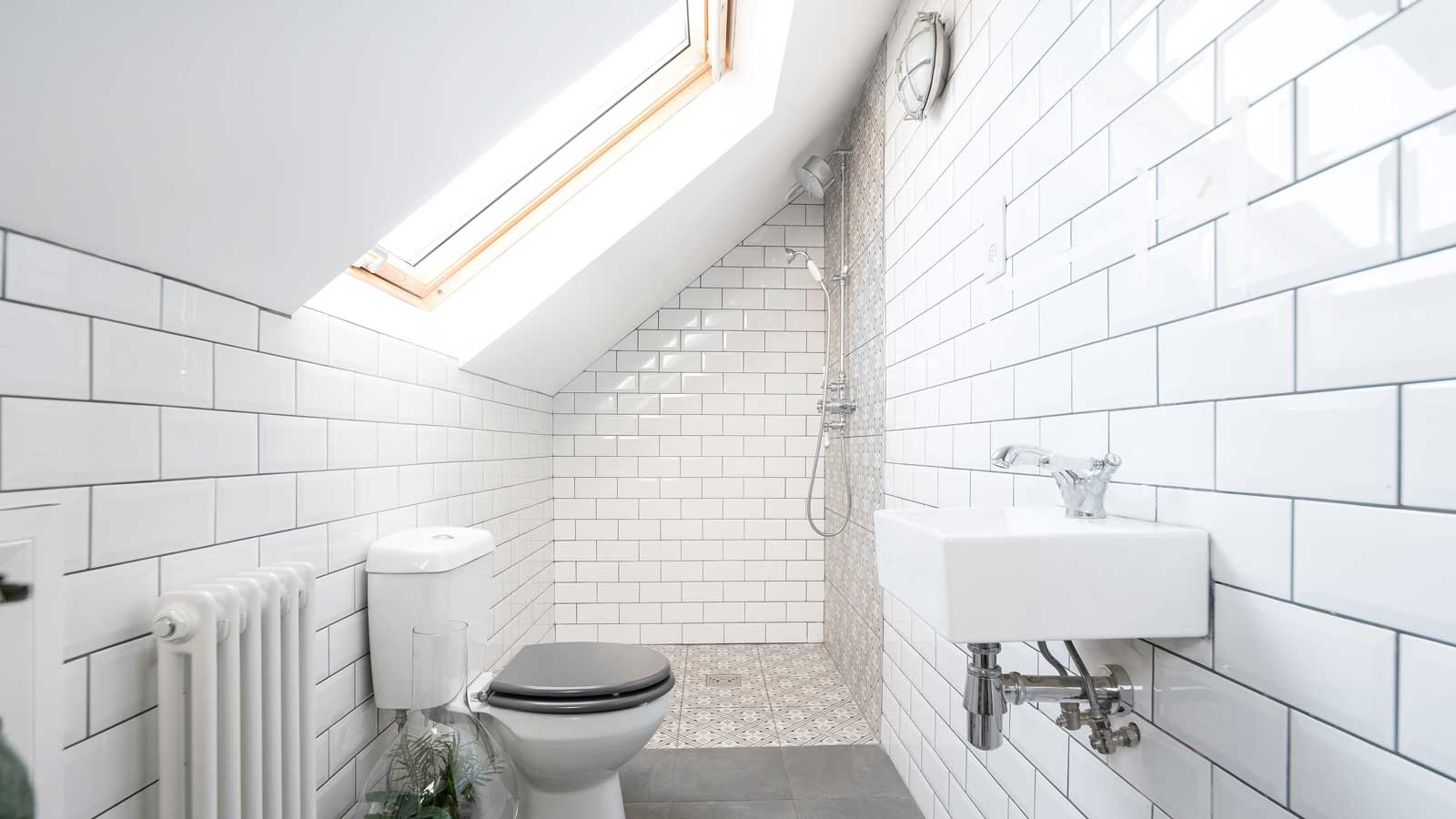What is a bidet and do they still have a place in the bathroom?
Just what is a bidet, what are they for and are the rumours that they're making a comeback true? Here, we answer all these questions and more so you can decide if this is a bathroom feature your should be investing in
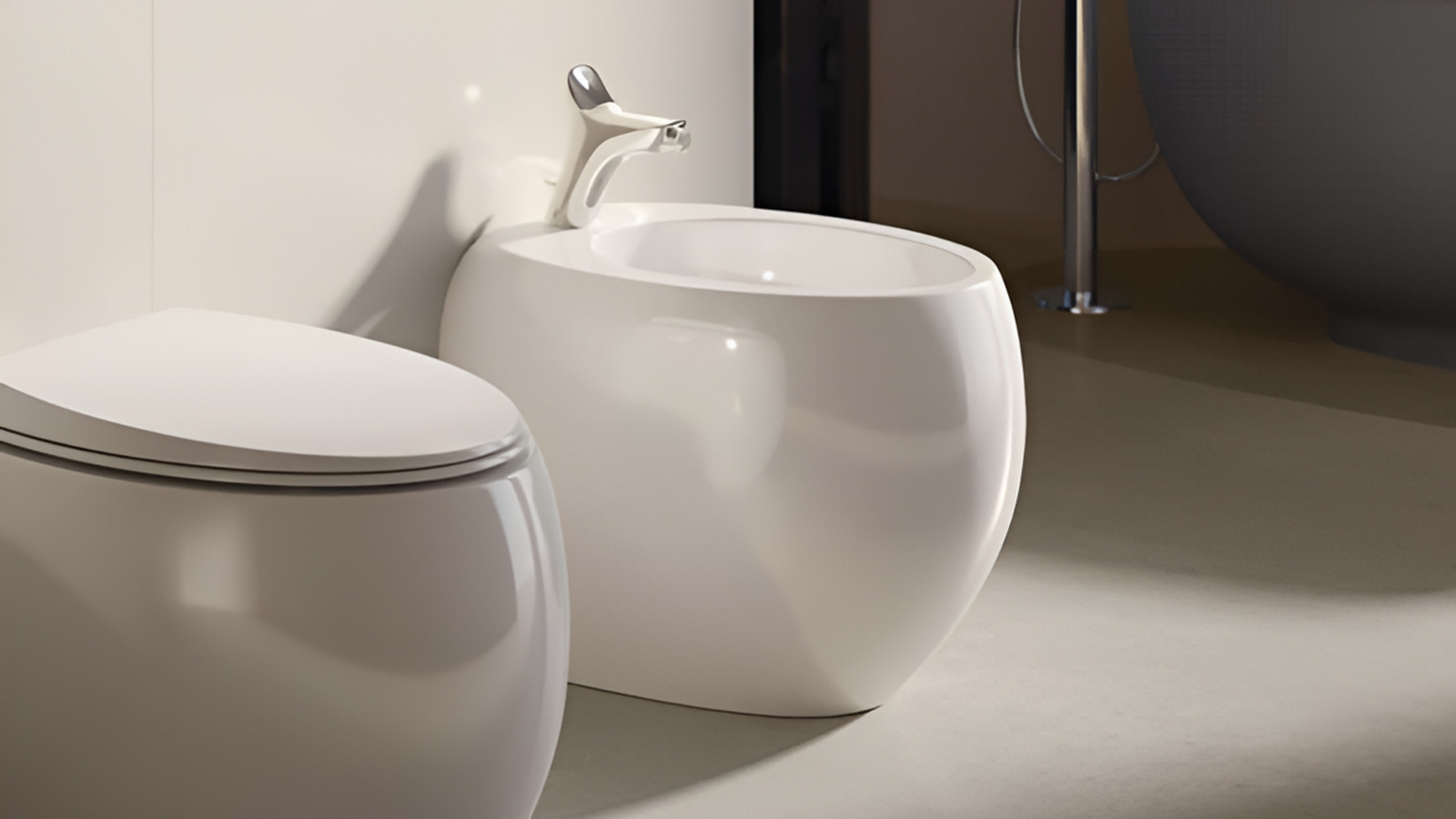
Exactly what is a bidet? For anyone born after they fell out of favour in the UK (in the late 1980s), the sight of one may well leave them puzzled.
Bathroom design has come on in leaps and bounds in recent years, not only in terms of aesthetics, but also with regards to the way we view bathroom essentials – for example, a shower is now pretty much non-negotiable, where it was once the bath that was a must-have item.
Here, we take a look at the bidet, it's history and whether or not it still has a place in UK bathrooms – as well as explaining some pretty stylish alternatives.
What is a bidet?
Just as there are many different types of toilet, there are actually several different types of bidet too – but the most common option tends to be the ceramic, standalone model.
"The bidet is a low washbasin with a similar shape to a toilet," explain those in the know at Villeroy & Boch. "It is designed to provide gentle and thorough cleaning after using the toilet."
"A standalone ceramic bidet is a simple back-to-wall or wall-hung pan fitted with a spray tap that can be angled," further explain the experts at VitrA.
In short, and without being too British about it, a bidet looks a little like a cross between a sink and a toilet, and is designed with 'intimate hygiene' in mind. They feature a tap or taps that can be directed to where they are needed.
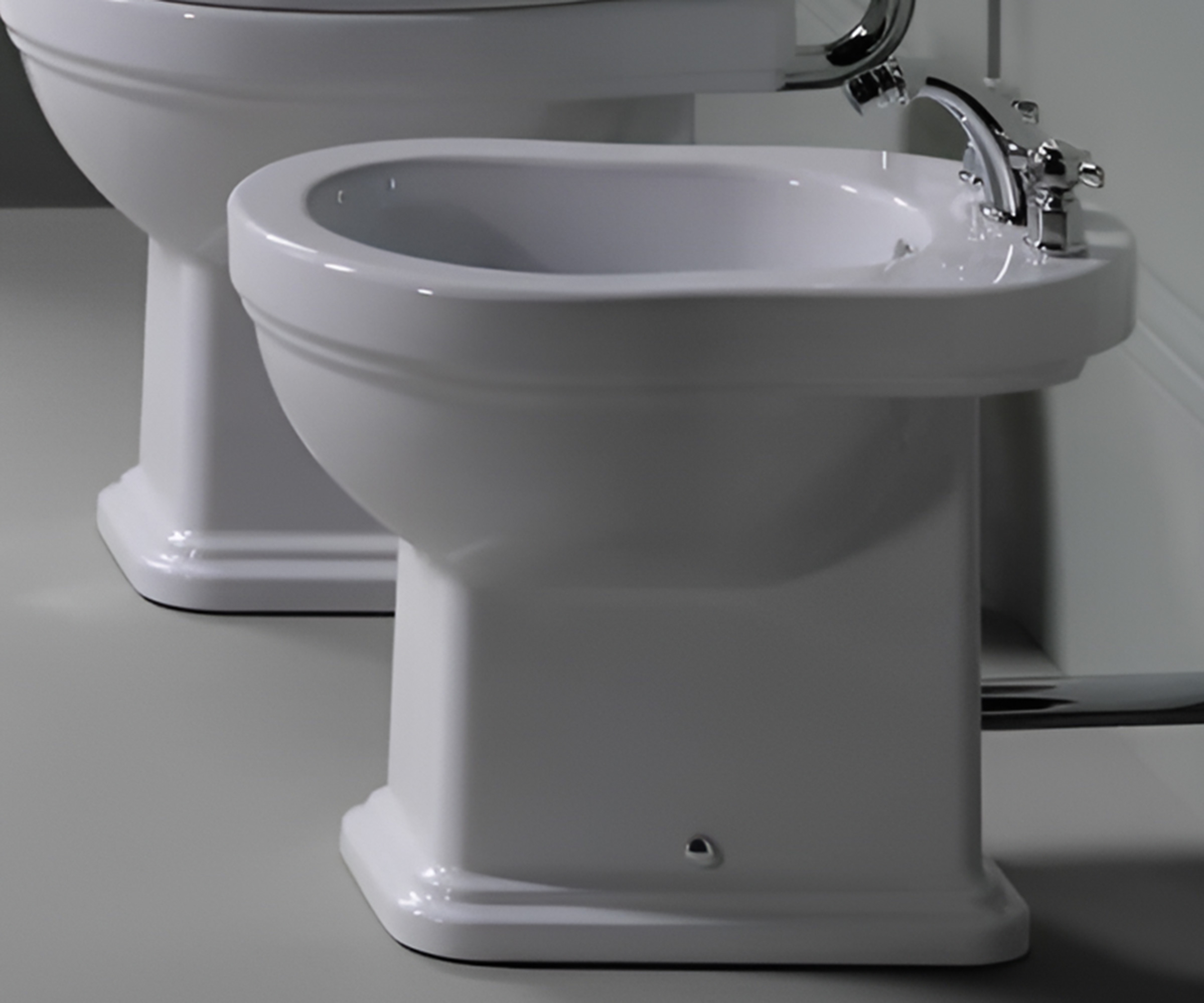
Are bidets old fashioned?
"Most bidets were ripped out at the same time as avocado bathroom suites fell out of favour, but more Brits are returning to the idea," says Paul Edwards sales manager at Old Fashioned Bathrooms.
Before getting into whether or not the bidet still has a place in the modern home, it is interesting to look a little into their history.
"The bidet is thought to have originated in France in the late 17th century, although they were first referenced in a written text in Italy in 1726," explains Paul Edwards. "Seen as a luxury item, they were something of a symbol for royalty and other wealthy people who could afford them."
"In French, bidet means a small horse and the name was inspired by the original shape: a porcelain seated washbasin inserted in a wooden frame with a high backrest," explain Villeroy & Boch's experts. "The user sat astride the bidet. This made it look almost as if you were riding a horse."
Here in the UK bidets became really popular during the 1970s, before falling out of favour pretty much altogether by the 1990s. However, overseas, bidets are hugely popular – in fact, according to Plumbworld, 97% of homes in Italy are fitted with at least one bidet.
And it seems that now, more and more people in the UK are once again realising that they do come with many benefits, not just for those after traditional bathroom ideas.
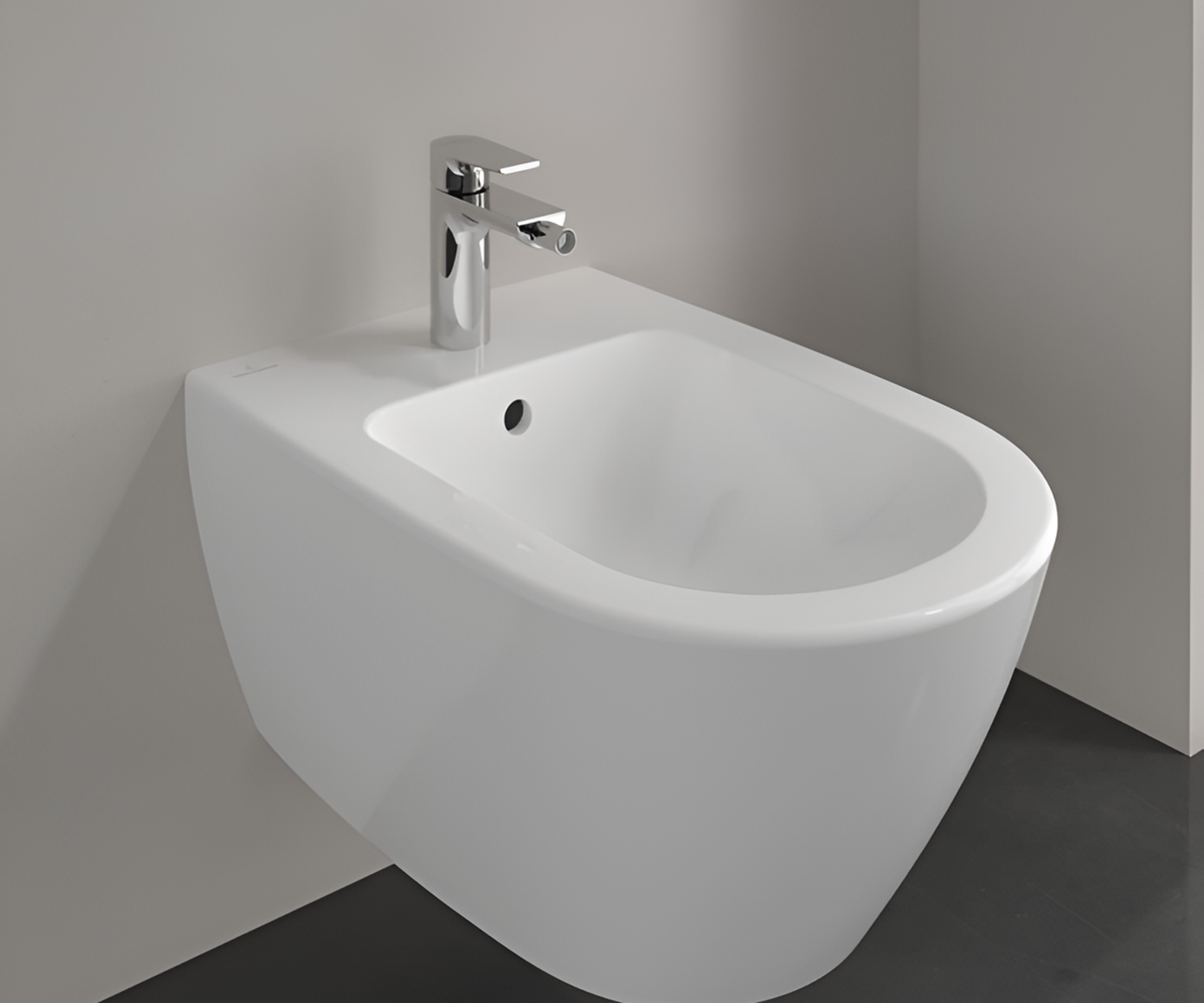

Paul is sales director at Old Fashioned Bathrooms, a company that was established back in 1988, They design, supply and install luxury traditional bathrooms and specialise in superior sanitaryware and accessories for the period and traditional home
What are the advantages of a bidet?
There are many benefits to owning a bidet, such as:
- They're hygienic: "One of the reasons people rave about bidets is how much more hygienic they’re perceived to be," says Paul Edwards. "In countries where they’re not as prevalent, the idea of cleaning yourself with water instead of using toilet paper feels less hygienic, but water removes debris more effectively than dry toilet paper."
- They save paper: Using a bidet makes it possible to skip the toilet paper. Not only does this mean you will save money, but it will also help lessen your carbon footprint.
- They offer a gentle way to clean: In some cases, toilet paper can be uncomfortable to use. For example, post-surgery, a bidet offers a more comfortable way to cleanse than toilet paper.
- Handy for family bathroom ideas: Bidets are actually useful for a number of things –bathing a baby, washing off dirty feet and so on.
Are there different types of bidet?
Far from looking dated, these days bidets come in all kinds of contemporary, sleek designs that slide right in with modern bathroom ideas.
"There are two main styles: A freestanding bidet is ideal if the drain outlet connection is in the floor," explain the experts at Villeroy & Boch. "In comparison with a floor-standing bidet, a wall-mounted bidet is an ideal partner for a hanging toilet and allows very easy cleaning of the floor. While early bidets were used for purely manual cleaning, modern bidets now have a shower for personal cleansing."
Bidets and building control
Many homeowners are unaware of Building Control requirements surrounding the installation of bidets, meaning some homeowners may well have installed them illegally.
In short, just as with toilets, bidets should feature adequate measures to prevent the backflow of fluid into the 'wholesome' water supply.
The Water Fittings Regulations classify the risk of backflow from fluids which are in contact with bidets as a Fluid Category 5. Any Fluid Category 5 installations must have an air-gap.
The Water Regulations Approval Scheme has lots of useful information on how to comply, including:
"Bidets installed in domestic locations of the over-rim type, that have no ascending spray and/or flexible hose may be supplied with cold and hot water through single or combination tap assemblies from either a supply pipe or a distributing pipe providing that a Type AUK2 air gap is provided between the outlet of the water fitting and the spillover level of the bidet."
Your plumber should be well aware of these regulations, but be sure to double check and contact your local building control office if in any doubt.
Three brilliant bidets
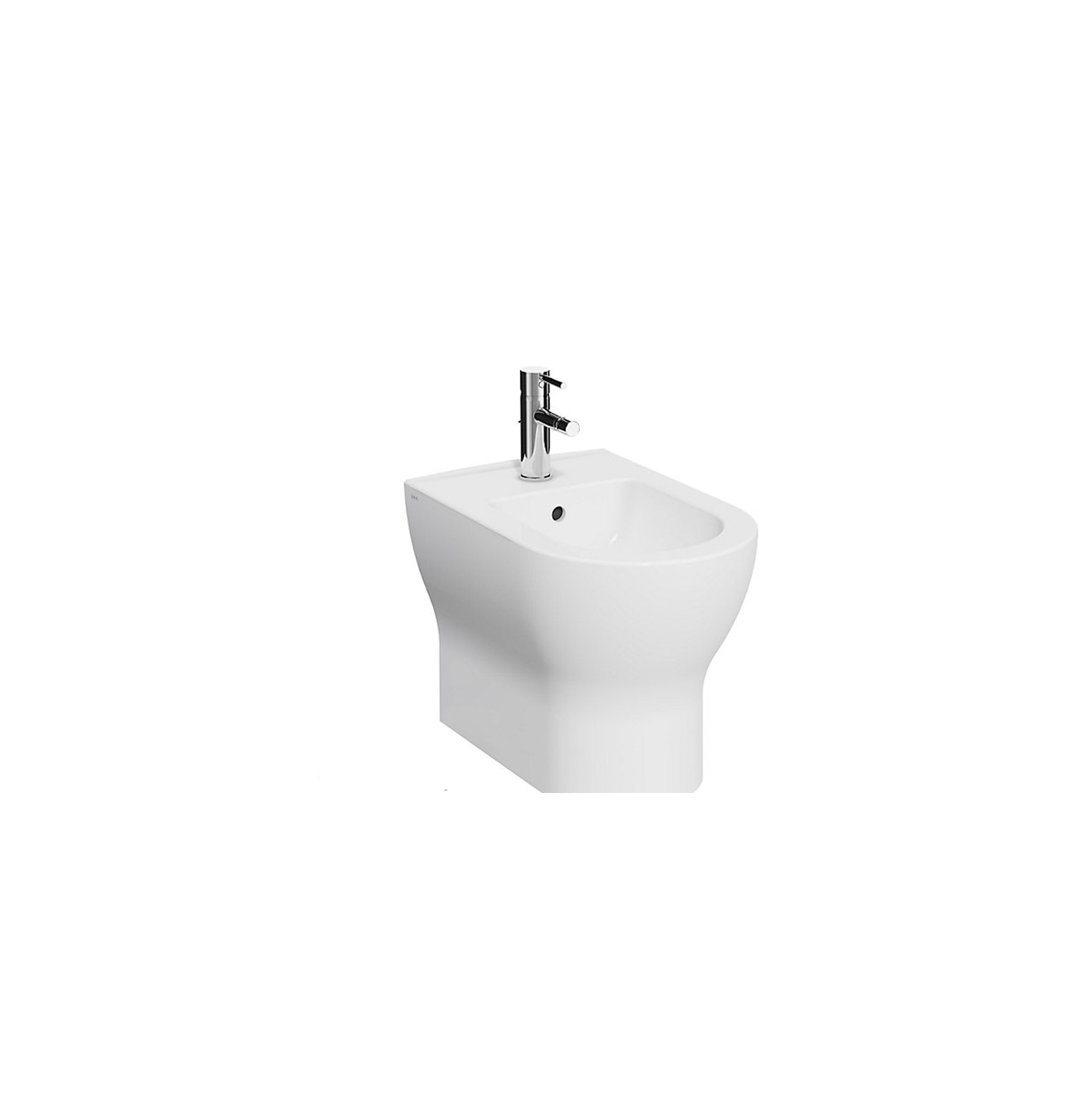
The VitrA Koa Round White Floor-mounted Bidet is a back-to-wall bidet available from B&Q. It comes coated in the VitrA Hygiene Glaze for long-lasting protection against the build-up of dirt and bacteria and all the plumbing remains hidden for a sleek look.
Shower toilet vs bidet
Some people considering including a bidet in their bathroom suite might also like to think about buying a shower toilet as an alternative – but what is a shower toilet?
"A shower toilet is a toilet with an additional shower feature for cleaning," explain Villeroy & Boch. "If you are planning to purchase a new toilet, the two-in-one functionality of the shower toilet could be a smart alternative.
"Modern shower toilets provide fully automatic cleaning and many models come with a wide range of additional features, including a heated seat, odour extraction and night lighting," continue Villeroy & Boch. "They also allow you to adjust the shower jet to your individual preferences for perfect hygiene. Modern models dry with a gentle flow of air. This method is very gentle on the skin and hygienic."
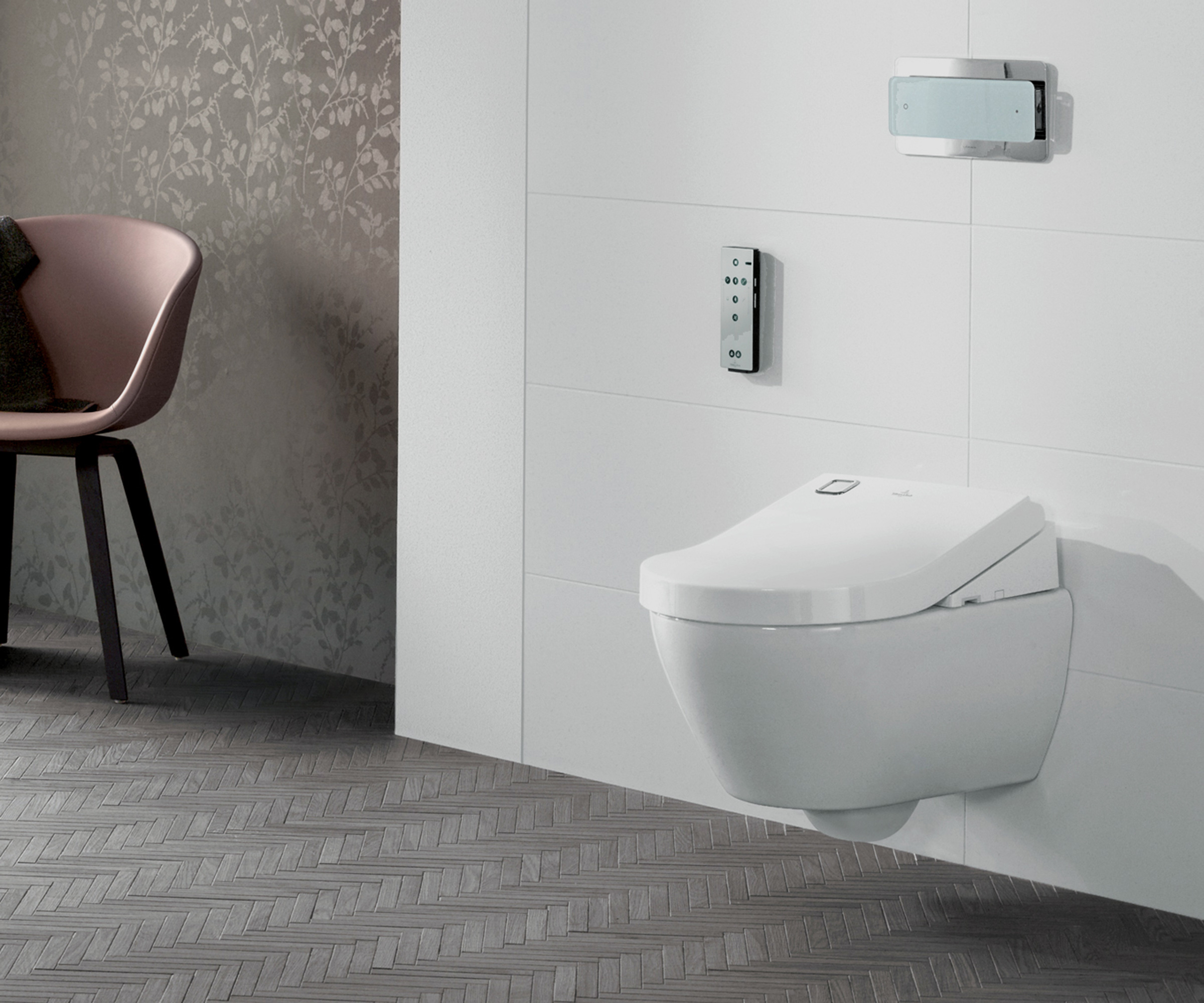
Get the Homebuilding & Renovating Newsletter
Bring your dream home to life with expert advice, how to guides and design inspiration. Sign up for our newsletter and get two free tickets to a Homebuilding & Renovating Show near you.
Natasha was Homebuilding & Renovating’s Associate Content Editor and was a member of the Homebuilding team for over two decades. In her role on Homebuilding & Renovating she imparted her knowledge on a wide range of renovation topics, from window condensation to renovating bathrooms, to removing walls and adding an extension. She continues to write for Homebuilding on these topics, and more. An experienced journalist and renovation expert, she also writes for a number of other homes titles, including Homes & Gardens and Ideal Homes. Over the years Natasha has renovated and carried out a side extension to a Victorian terrace. She is currently living in the rural Edwardian cottage she renovated and extended on a largely DIY basis, living on site for the duration of the project.
